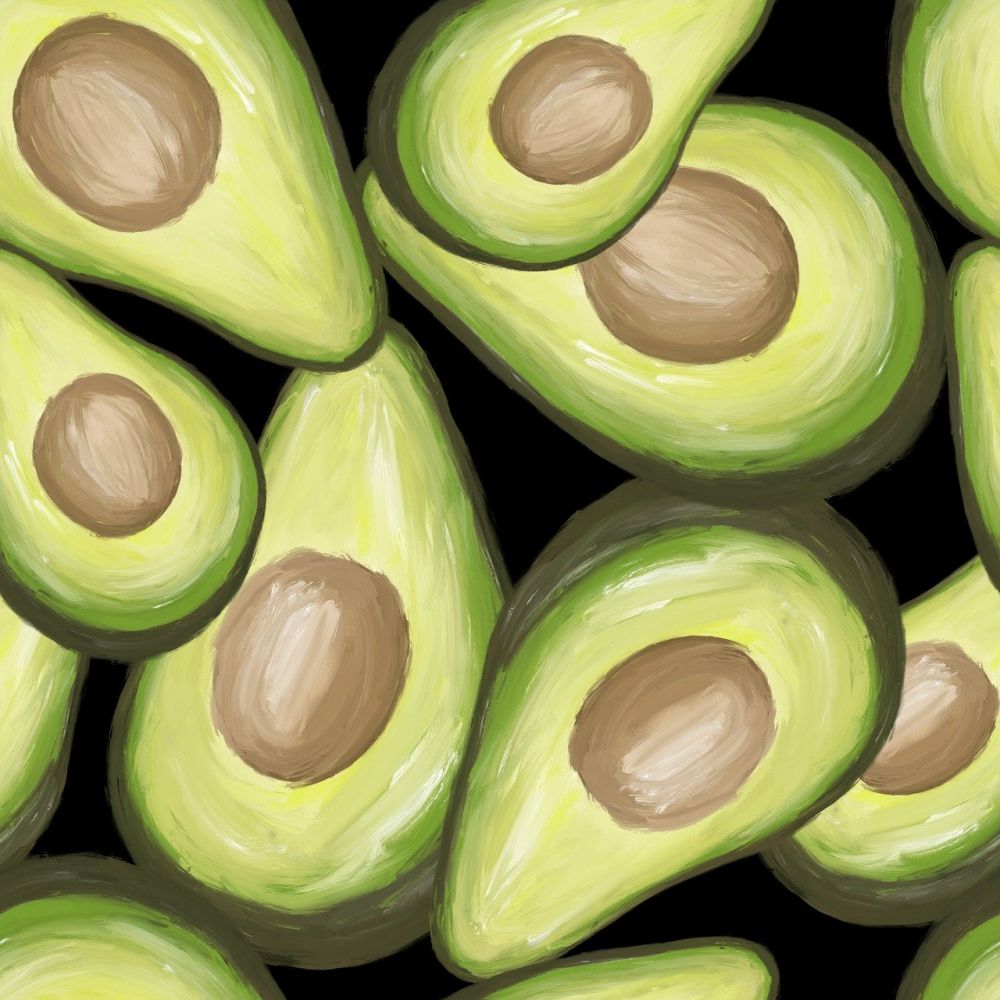Protein Diet: A Comprehensive Overview of Types, Measurements, and Historical Perspectives

Protein Diet: Enhancing Health and Wellness Through Nutritional Choices
[Introduction]

In today’s health-conscious world, people are increasingly looking for ways to improve their physical well-being. One popular approach is adopting a protein-focused diet. This article aims to provide a thorough understanding of the protein diet, its various types, popular choices, quantitative measurements, differences, and a historical perspective on its advantages and disadvantages.
[Overview of Protein Diet]
A protein diet emphasizes the consumption of protein-rich foods while limiting the intake of carbohydrates and fats. Proteins are the building blocks of life and play a crucial role in several bodily functions, such as muscle growth, tissue repair, and hormone production. By prioritizing protein intake, individuals hope to achieve weight loss, muscle gain, enhanced athletic performance, and overall good health.
[Types of Protein Diet]
There are several types of protein diets, each with its unique characteristics and variations. Some of the popular ones include:
1. Atkins Diet: The Atkins diet focuses on high protein and low carbohydrate intake. It aims to induce a state of ketosis, where the body burns fat for fuel instead of carbohydrates.
2. Ketogenic Diet: Similar to the Atkins diet, the ketogenic diet promotes a high-fat, moderate-protein, and low carbohydrate consumption. It aims to prompt the body to enter ketosis and utilize stored fat as energy.
3. Paleo Diet: The Paleo diet emphasizes consuming foods that were available to our ancestors through hunting and gathering. It emphasizes lean proteins, fruits, vegetables, nuts, and seeds while excluding processed foods, grains, and dairy.
4. Dukan Diet: The Dukan diet consists of four phases, with the initial phase being high in protein and low in carbohydrates. It gradually introduces other food groups while maintaining a protein-focused approach.
[Quantitative Measurements of Protein Diet]
When following a protein diet, it is essential to consider the quantity of protein intake. The recommended daily allowance (RDA) for protein varies depending on factors such as age, sex, and activity level. However, a general guideline suggests consuming around 0.8 to 1 gram of protein per kilogram of body weight. Athletes and individuals engaged in intense physical activities may require higher protein intakes.
[Discussion on Differences Between Protein Diets]
While all protein diets share a common emphasis on protein-rich foods, there are significant differences between them. For instance, the Atkins diet focuses on restricting carbohydrate intake, while the Paleo diet prioritizes unprocessed, whole foods. Understanding these differences can help individuals choose the protein diet that best aligns with their goals and preferences.
[Historical Perspectives: Pros and Cons of Protein Diets]
Protein diets have a rich history and have seen both praise and skepticism. Over the years, research has revealed numerous benefits and potential drawbacks of protein-focused eating plans. Some advantages include weight loss, improved satiety, preservation of lean muscle mass, and better blood sugar control. However, concerns have been raised regarding potential nutrient deficiencies, the strain on kidneys, and long-term sustainability.
[Insert video discussing the benefits and challenges of a protein diet]
[Conclusion]
In conclusion, protein diets have gained popularity as a means to enhance health and achieve various goals. By understanding the overview of protein diets, different types, quantitative measurements, differences, and historical perspectives, individuals can make informed decisions about incorporating a protein-focused approach into their lifestyle. It is important to consult with healthcare professionals or registered dietitians before embarking on any significant dietary changes to ensure they are safe and suitable for individual needs.











